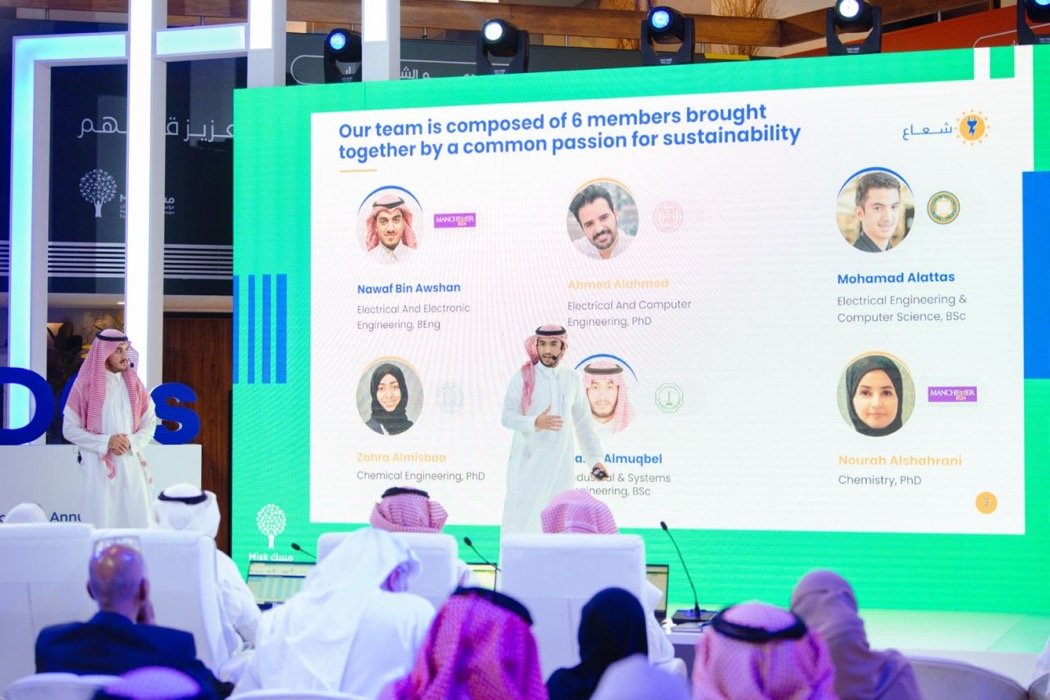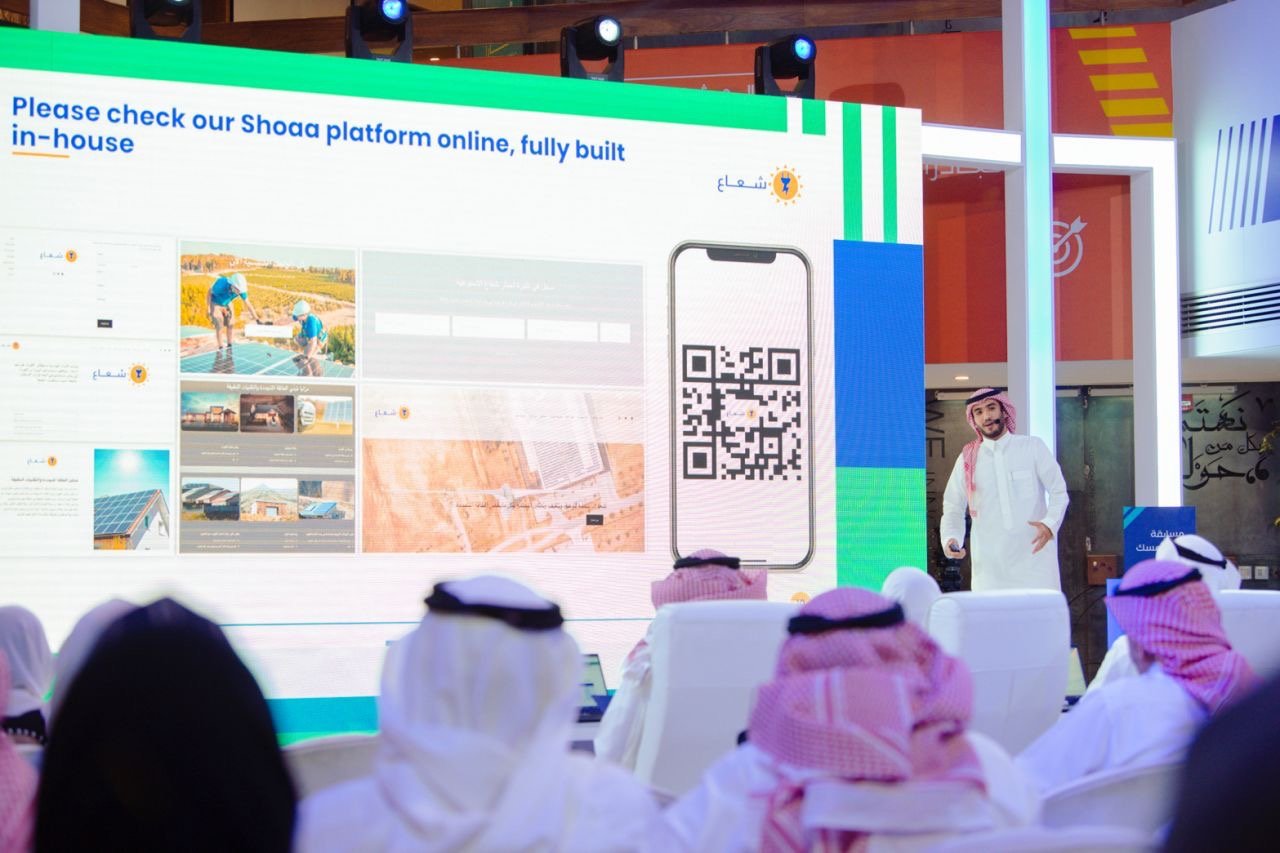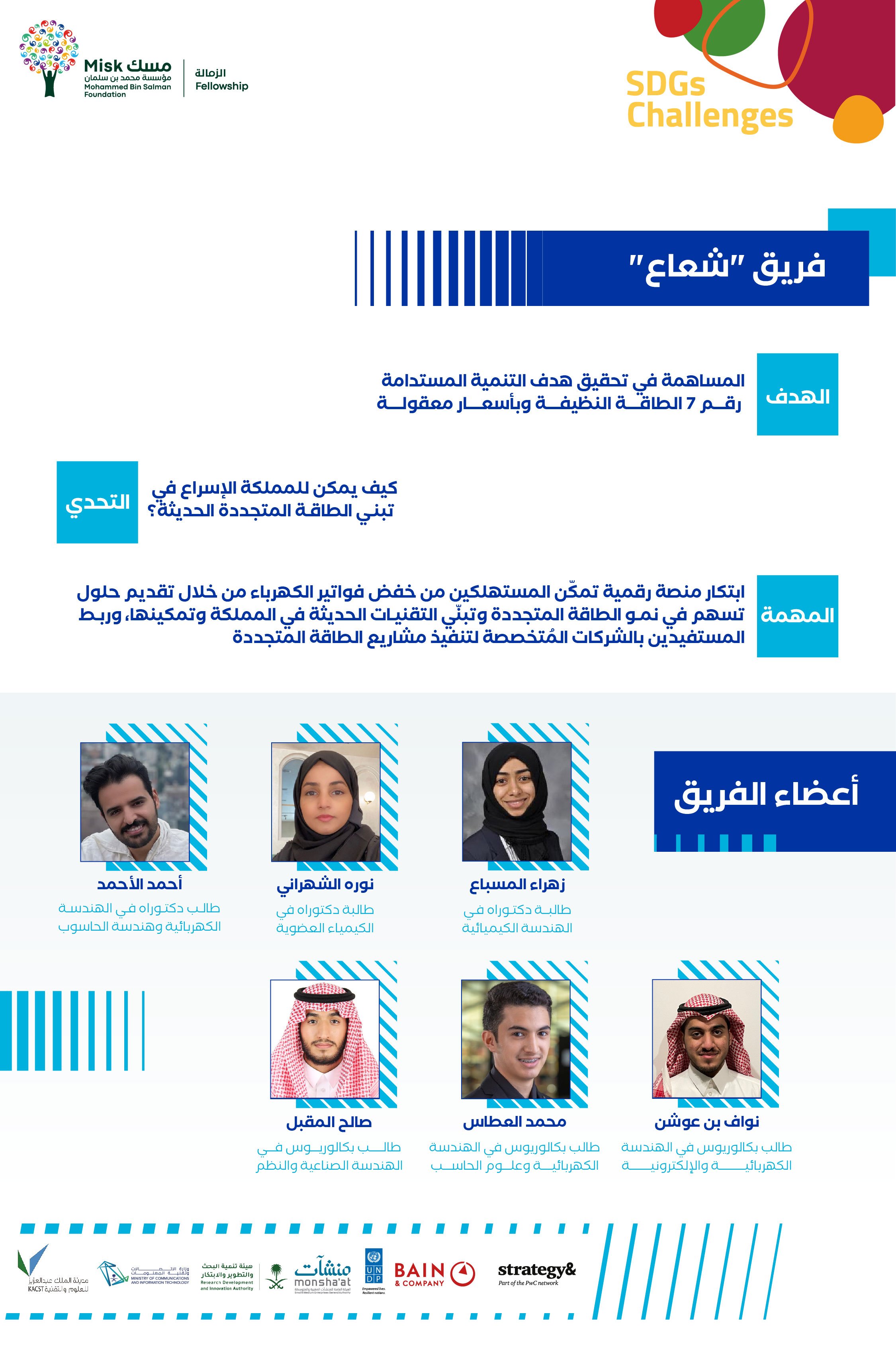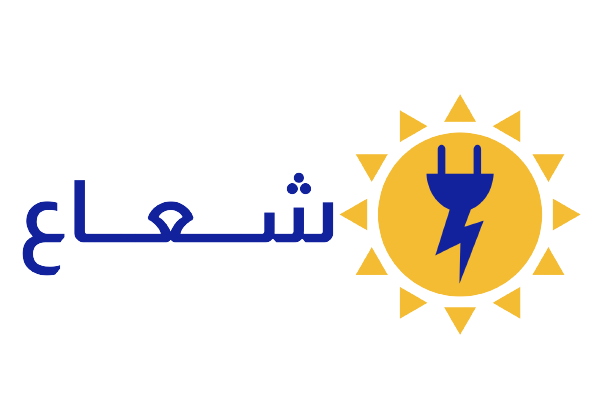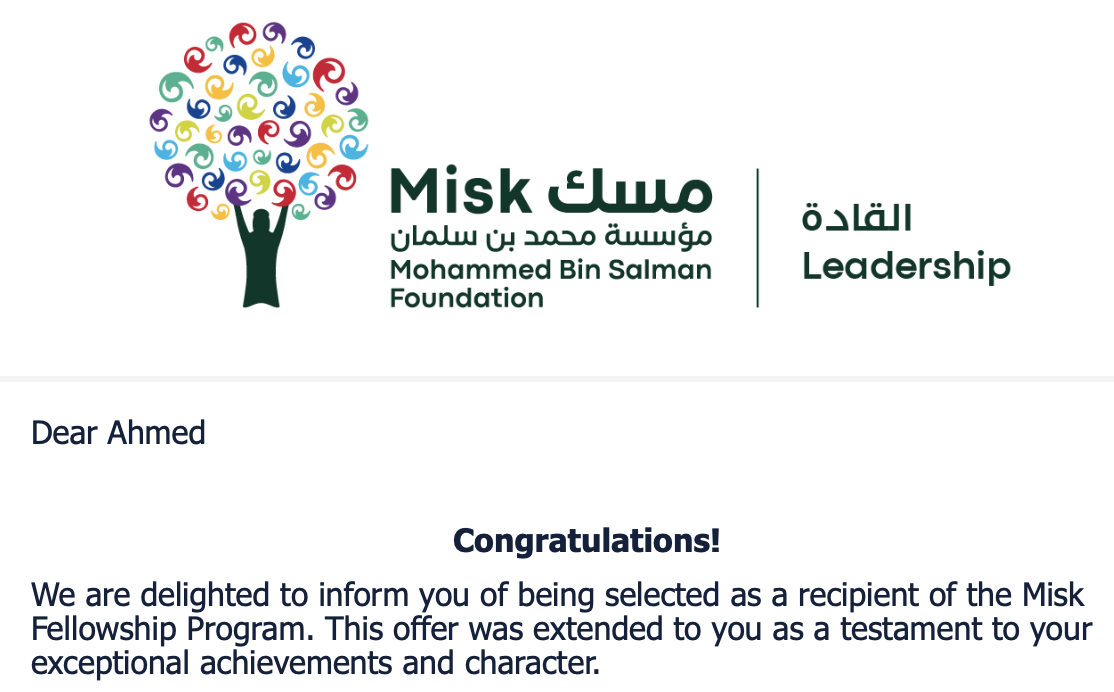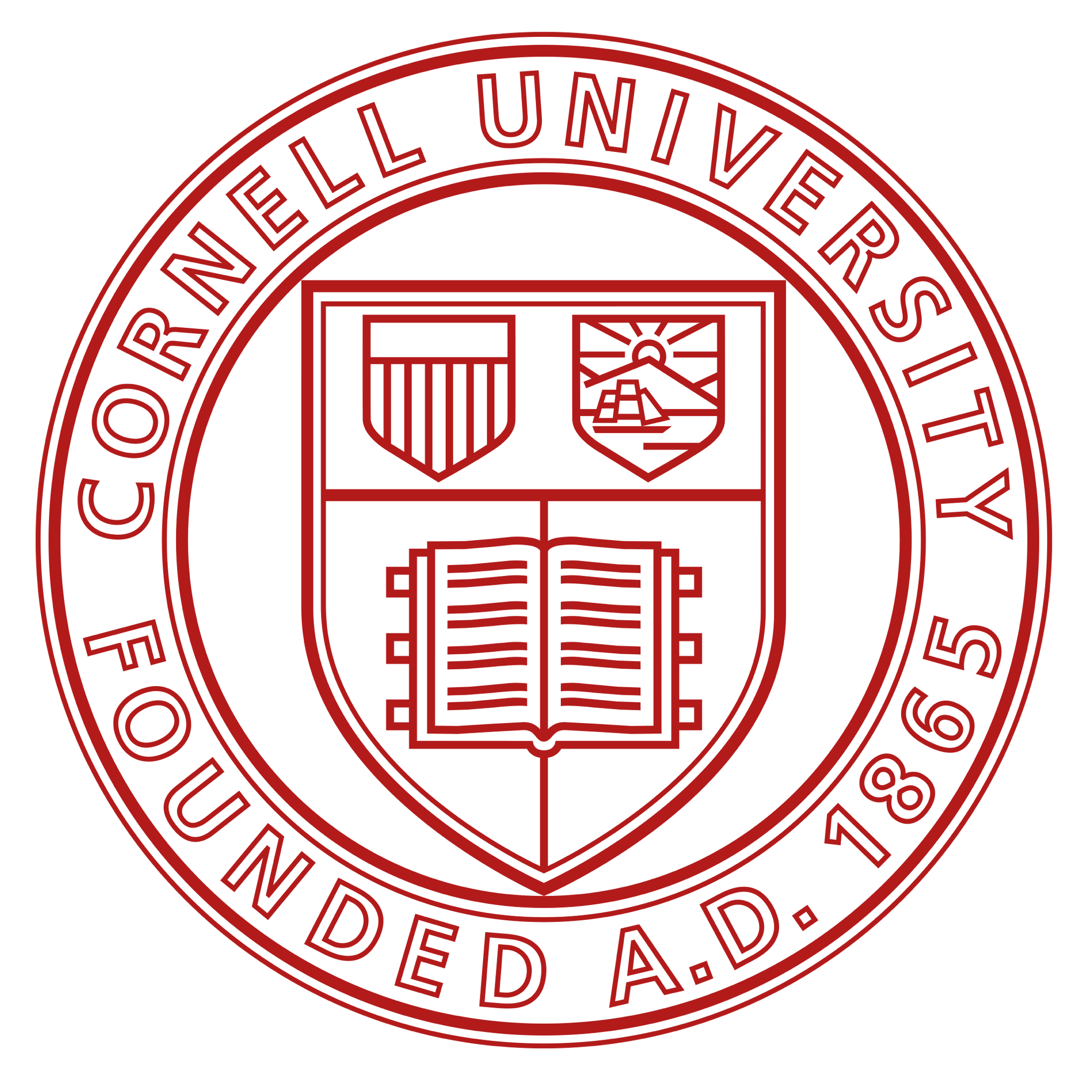I am glad to share that the whitepaper I worked on at the Electric Power Research Institute (EPRI) over the summer of 2021 with the amazing DER Integration team at the Power Delivery and Utilization unit (PDU) is now published. My contribution came under the supervision and guidance of Dr. Tanguy Hubert, whom I am very thankful for his support and dedication. The work and the report came as a result of hard-working and incredible people at EPRI’s DER Integration team.
The report title is “Measurement and Verification (M&V) for Distributed Energy Resources Providing Grid Services: New Complexities, Common Approaches, and Research Needs“ with report number 3002023286
The abstract and the whitepaper link are provided below:
Abstract: Distributed energy resources (DERs) are increasingly being considered for their capabilities to provide “services” to the electric grid, in both the distribution and wholesale market domains. Grid services provided by DERs have the potential to replace (or enhance) conventional resources, network reinforcements, or solutions otherwise required to maintain normal system operations. In this context, system operators are revisiting their Measurement and Verification (M&V) practices—encompassing performance verification and settlement—for monitoring DERs that deliver grid services.
This white paper provides a starting point for M&V practitioners tasked with understanding the new complexities introduced by wider participation of DERs in delivering grid services. It initially describes the role of M&V in this renewed context, and clarifies important concepts, such as “behind-the-meter” and “front-of-the-meter” DERs, and the difference between customer and grid services. An overview of several common M&V approaches is next provided. Discussed topics include possible metering configurations, and the new challenges introduced by value stacking strategies (also called “dual participation”), which M&V practices for DER-provided grid services must consider. The paper concludes with two illustrative scenarios highlighting some of these challenges.
whitepaper link: https://www.epri.com/research/programs/067418/results/3002023286


















